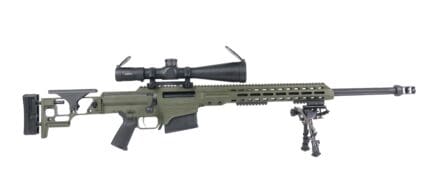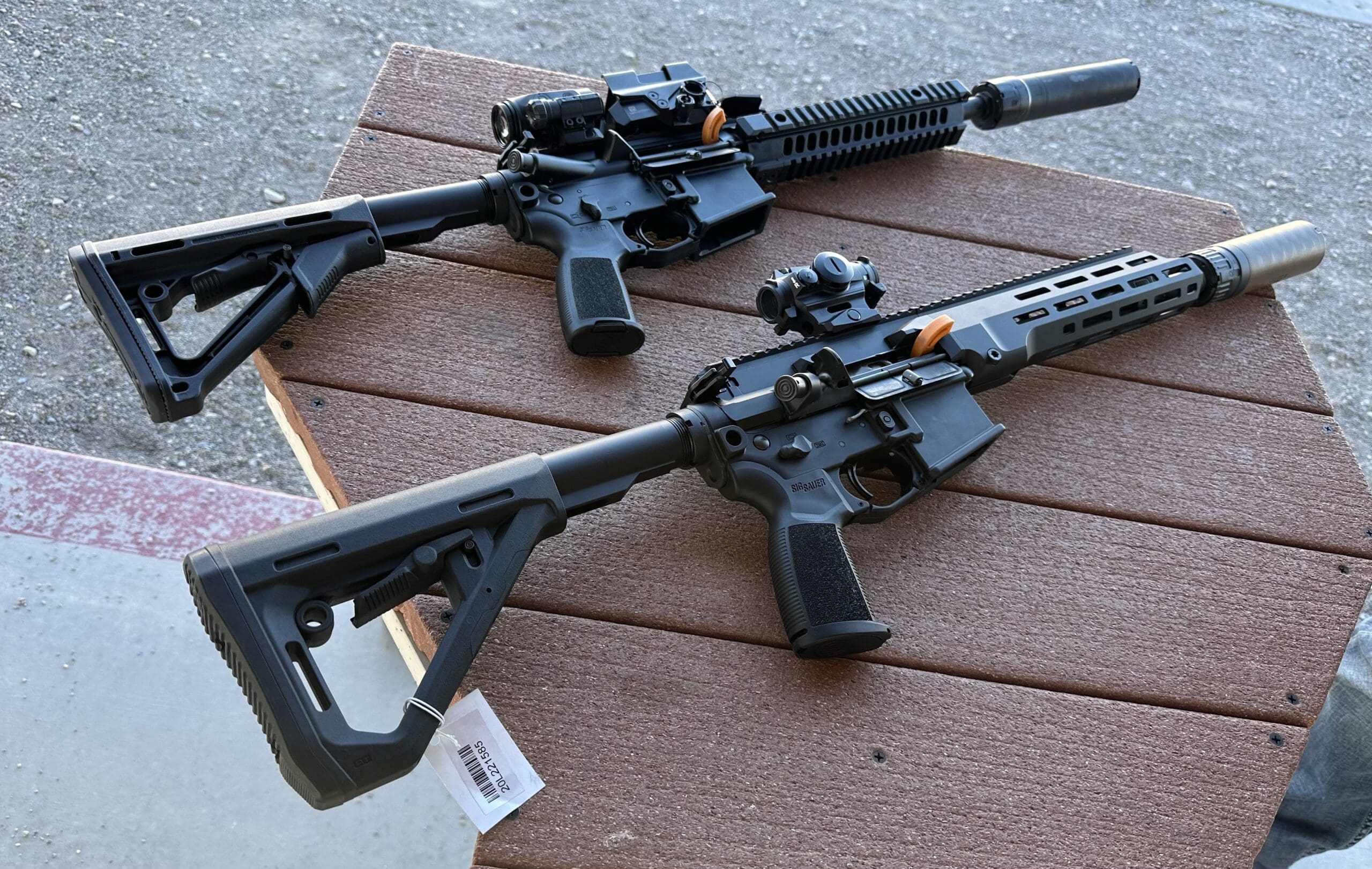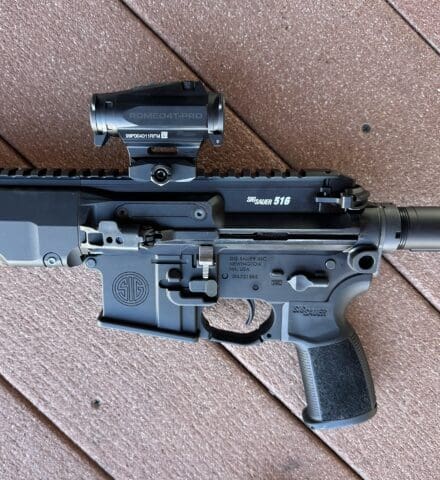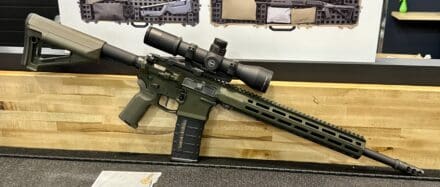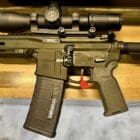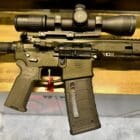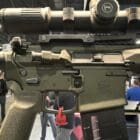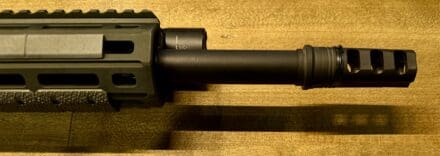Eldridge, Iowa – February 23, 2025 – LMT Defense, in partnership with SWISSLOXX AG, is proud to announce the award of a significant contract to supply small arms to the Swiss Armed Forces. The contract, for rifles in various calibers, will primarily focus on the 5.56 x 45 NATO caliber, type classified as the Sturmgewehr 25. This prestigious award underscores both companies’ dedication to delivering precision, reliability, and innovation to one of the world’s most demanding military organizations.
Meeting the Swiss Standard of Excellence
The Swiss Armed Forces are renowned for their rigorous procurement processes, reflecting the nation’s unwavering commitment to quality and precision. LMT Defense and SWISSLOXX AG were selected based on the exceptional performance, durability, and accuracy of their proposed small arms, a testament to the companies’ shared commitment to exceeding the highest defense requirements.
Innovation and Performance in Every Detail
LMT Defense and SWISSLOXX AG continually push the boundaries of small arms technology. Their weapons are:
Engineered for Precision: Optimized components ensure consistent accuracy and performance.
Built for Durability: Proven to withstand harsh conditions and rigorous testing.
Designed for Reliability: Innovative features minimize malfunction risks and maximize mission readiness.
A Partnership for the Future of Defense
“We are honored to support the Swiss Armed Forces with our advanced small arms solutions,” said Karl Lewis, President of LMT Defense. “This contract reflects our commitment to quality and innovation and strengthens our successful partnership with SWISSLOXX AG.”



